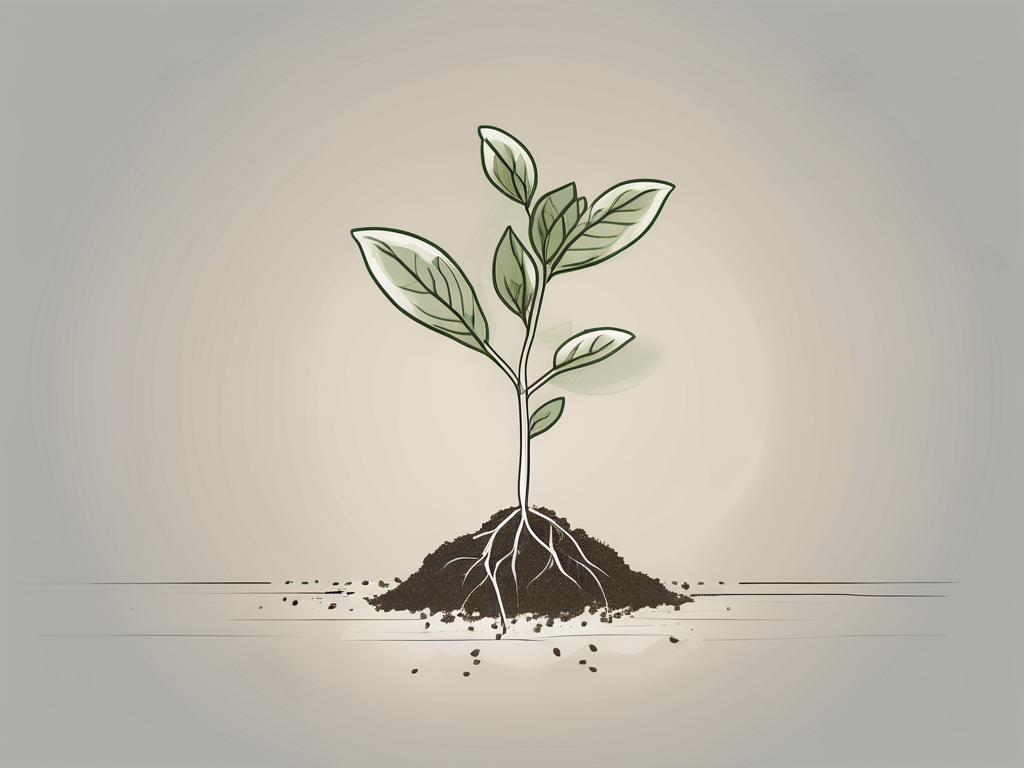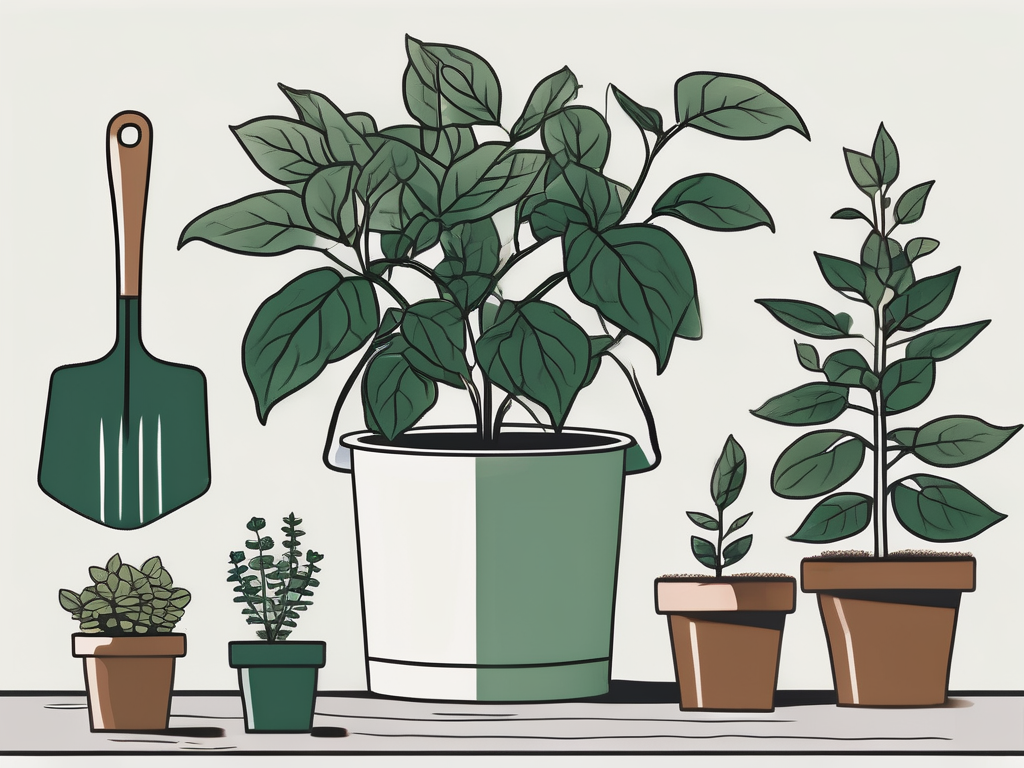
Impatiens are a favorite among plant lovers for their vibrant colors and ability to brighten up any space, whether indoors or out. But did you know they're also incredibly easy to propagate? If you’re looking to expand your collection or share these beauties with friends, you’re in the right place.
We'll walk you through the ins and outs of propagating impatiens, breaking down the process into simple steps. From selecting the right stems to potting your new plants, you'll have lush impatiens filling your home in no time. Let’s get started!
Selecting the Right Stems
The first step in propagating impatiens is choosing the right stems. Healthy stems are the foundation for successful propagation, so it’s important to start with the best candidates. Look for stems that are firm and free of any signs of disease or pests. Avoid stems that seem thin or discolored, as these may not root well.
When choosing stems, aim for a length of about 4 to 6 inches. This size is generally ideal because it provides enough material for rooting without being too cumbersome. A good rule of thumb is to select stems that have a few sets of leaves, as this will give the cutting enough energy to develop roots.
Once you've identified your target stems, it’s time to make the cut. Use a clean, sharp pair of scissors or pruning shears to avoid damaging the plant. Make your cut just below a leaf node, the area where leaves attach to the stem. This is critical because new roots will form at the node.
Prepping the Cuttings
Now that you’ve got your cuttings, it’s important to prepare them properly to encourage rooting. Start by removing the lower leaves from each cutting, leaving only a few leaves at the top. This reduces water loss and helps the cutting focus its energy on root development.
Some people like to dip the cut end of the stem in rooting hormone to speed up the process. While this is optional, it can increase your chances of success, especially if you’re new to propagation. Rooting hormone is available in most garden centers and can be a helpful tool in your propagation toolkit.
Once prepped, it’s a good idea to let the cuttings sit for a few hours to allow the cut ends to callous over. This helps prevent rot when the cuttings are placed in water or soil. While you wait, gather your other materials so you’re ready for the next step.
Choosing the Right Medium
When it comes to rooting impatiens, you have two main options: water or soil. Both methods have their merits, and you can choose the one that best suits your preference and setup.
Water Propagation
Water propagation is a popular method because it allows you to see the roots develop, which can be very satisfying. Simply fill a clean glass or jar with water and place the cuttings in it so that the nodes are submerged. Change the water every few days to keep it fresh and prevent bacterial growth.
Soil Propagation
If you prefer soil, use a light, well-draining potting mix. Cactus mix or a blend specifically for cuttings works well. Moisten the soil before inserting the cuttings, and plant them deep enough to cover the nodes. Keep the soil consistently moist but not waterlogged.
Whichever method you choose, ensure the cuttings receive bright, indirect light and remain in a warm environment. Consistent conditions are crucial for successful rooting.
Creating the Ideal Environment
Just like us, impatiens cuttings thrive in a comfortable environment. To mimic their natural habitat, aim for warmth and humidity. A temperature range of 65-75°F (18-24°C) is generally ideal for impatiens rooting.
If you’re using soil, consider placing a plastic bag or a mini greenhouse over the pot to maintain humidity. Just be sure to ventilate it occasionally to prevent mold. For water propagation, simply keep an eye on the water level, topping it up as needed.
Place your cuttings in a location that receives bright, indirect sunlight. Direct sunlight can be too harsh and might scorch the cuttings, hindering their growth. A north-facing window or a spot slightly away from a bright window is perfect.
Monitoring the Progress
Patience is key when it comes to rooting impatiens cuttings. It typically takes around 2-4 weeks for roots to develop, although this can vary based on conditions and the plant itself.
If you’re using water, look for roots that are at least 1-2 inches long before transferring them to soil. In soil propagation, gently tug on the cutting after a few weeks; if you feel resistance, roots have likely formed.
During this time, continue to provide consistent care. Ensure the cuttings remain in a stable environment with adequate light and moisture. With a bit of patience, you’ll soon have new plants to enjoy or share!
Transplanting to Soil
Once your cuttings have established roots, it’s time to move them to their new home in soil. Choose a pot that has good drainage and is appropriately sized for the cutting. Too large a pot can lead to overwatering, while too small might restrict growth.
Fill the pot with a high-quality potting mix, such as one formulated for houseplants or flowers. Carefully make a hole in the soil and place the rooted cutting inside, ensuring the roots are well-covered. Gently firm the soil around the base to provide stability.
Water the cutting lightly after transplanting to help settle the soil and remove any air pockets. Place the pot in a location with bright, indirect light, and continue to keep the soil moist as the plant acclimates to its new environment.
Caring for Your New Impatiens
Congratulations on your new impatiens plants! Now, let’s ensure they thrive in their new setting. Here are some tips for ongoing care:
- Watering: Impatiens prefer consistently moist soil, so water them regularly. Be careful not to overwater, as this can lead to root rot. A good practice is to check the top inch of soil; if it feels dry, it’s time to water.
- Fertilizing: Feed your impatiens every 4-6 weeks with a balanced liquid fertilizer during the growing season. This will provide the nutrients they need to produce vibrant blooms.
- Pruning: Regularly pinch back the stems to encourage bushier growth and more flowers. This also helps remove any dead or damaged parts, keeping the plant healthy.
Dealing with Pests and Diseases
Like all plants, impatiens can sometimes attract unwanted guests. Common pests include aphids, spider mites, and whiteflies. Inspect your plants regularly and treat any infestations promptly with insecticidal soap or neem oil.
Diseases like downy mildew can also pose a threat, especially in humid conditions. Ensure good air circulation around your plants and avoid overhead watering. If you notice any signs of disease, such as yellowing leaves or a fuzzy coating, remove affected parts immediately to prevent spread.
By staying vigilant and maintaining healthy growing conditions, you can keep your impatiens looking their best.
Design Ideas for Impatiens
Impatiens are versatile and can brighten up any corner of your home or garden. Here are a few ideas to get your creative juices flowing:
- Hanging Baskets: Their trailing habit makes impatiens perfect for hanging baskets. Mix different colors for a cascading rainbow effect.
- Window Boxes: Plant impatiens in window boxes to add curb appeal. They pair beautifully with other shade-loving plants like ferns or coleus.
- Garden Borders: Use impatiens to line garden pathways or borders. Their compact growth habit makes them an excellent choice for edging.
- Indoor Accents: Place potted impatiens in areas of your home that could use a splash of color, such as a dim hallway or bathroom.
With their vibrant hues and easy care, impatiens can be a delightful addition to any plant arrangement.
Final Thoughts
Propagating impatiens is a rewarding way to enjoy these colorful plants. With the right steps and a little patience, you can easily multiply your collection and add a touch of nature to any space.
At Cafe Planta, we're here to help you nurture your green thumb. Whether you're looking for new plants or need advice, feel free to email us or reach out on Instagram. We’re thrilled to share our passion for plants and help you create a thriving home garden.












